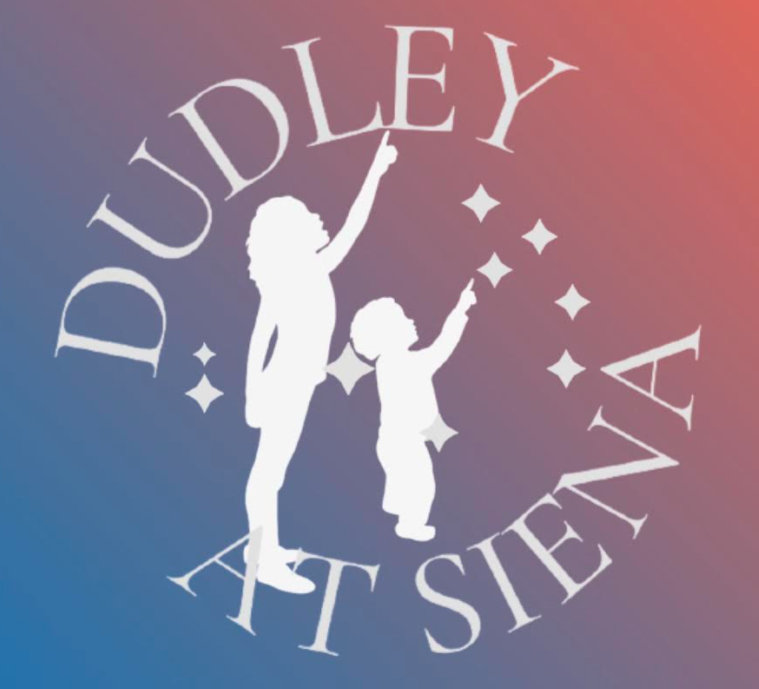Skywatch Line for Wednesday and Thursday, October 29 and 30, 2025, written by Alan French
This is Dudley Observatory’s Skywatch Line for Wednesday and Thursday, October 29 and 30, 2025, written by Alan French.
The Sun rises at 7:26 A.M. on Wednesday and sets at 5:51 P.M. On Thursday it rises at 7:27 A.M. and sets at 5:52 P.M. Thursday lost just over 18 ½ minutes of daylight compared to last Thursday. By the end of the month we will have lost 1 hour 26 minutes of daylight compared to September.
The Moon reaches first quarter just after noon on Wednesday. At 6:30 P.M. Wednesday a 53% sunlit Moon will be 24-degrees above the southern horizon. It will set 7 minutes after midnight on Wednesday morning.
At 6:30 P.M. Thursday’s Moon will lie 27-degrees above the south southeastern horizon and will set at 1:18 A.M. Friday morning. The Moon is moving toward full and will be full early next Wednesday morning.
By 8:00 P.M. Saturn is 35 degrees above the southeastern horizon. It reaches its highest point in the south at 11:10 P.M. Saturn’s rings are now tipped less than a degree and are not well seen. Earth is moving northward toward Saturn’s ring plane. Sometimes, after crossing the ring plane, like Earth did back in late March, we cross twice more, always returning to the original direction. In March Earth crossed from the north side of the rings to the south side. After moving south for a spell, our view of the rings improving slightly as their apparent tip increased, Earth started moving back toward the ring plane.
This time Earth will not pass through the ring plane a second and third time, rather Earth will approach the ring plane and then start moving southward and away from it again. We will get closest to Saturn’s ring plane on November 24 when the rings will appear tipped just -0.37 degrees, then our planet will resume it journey south and away from the ring plane. It is a smooth journey to our best view of the south face of Saturn’s rings, but Earth alternately moves away from and toward the ring plane, with the spells of moving away lasting longer and winning out for fine views of rings in the next decade. (They do not have to be tipped near their maximum to be impressive!)
We are fortune to be able to enjoy such fine views of Saturn’s beautiful rings. As we mentioned last week, astronomers believe that, in the early solar system, Saturn and its rings were only tilted a few degrees, and that Neptune is responsible for the increased, almost 27-degree tip, of Saturn’s rings. How did Saturn’s distant neighbor increase the planet’s tilt?
As you know, our Earth’s axis precesses like a child’s top, tracing out large circle in the sky over almost 26,000 years, and slowly changing our north star. Saturn’s axis also precesses, but it takes about 1.8 million years to complete one circuit.
The elliptical orbits of the planets also precess. As Neptune moved outward from the Sun, a resonance developed between its orbital precession and the spin precession of Saturn, a spin-orbital resonance. This incredibly gentle gravitational nudging slowly but persistently increased Saturn’s tilt over tens or hundreds of millions of years. The tilt may continue to increase. Evidence from the Cassini mission suggests it will, but not at a rate we will notice.
